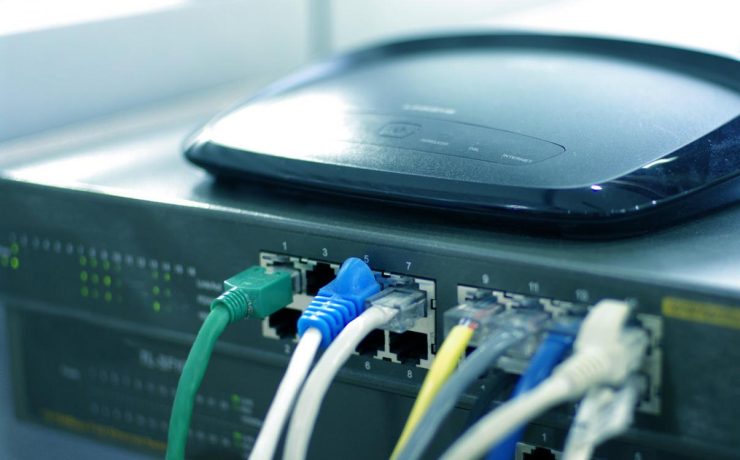
Managed IT Services: What Is Co-Managed IT?
Managed IT services promises to fit businesses of all shapes and sizes–which means it can take a few different forms. Here’s just one example–co-managed IT–and what that could look like for your company. Sharing Responsibilities With Managed IT Services You’ve probably heard that managed IT services allows you to outsource your IT









